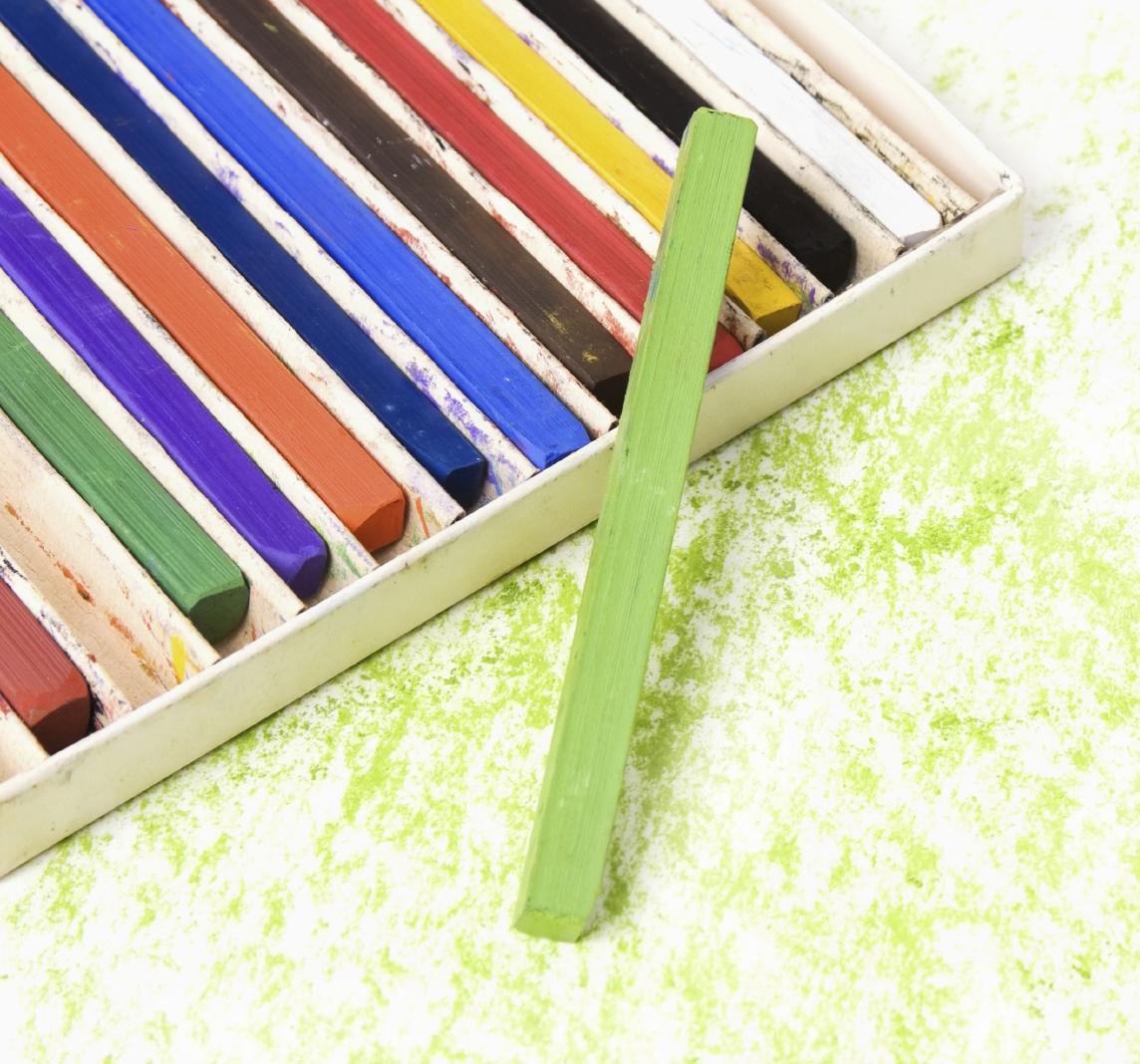The Artist’s Way and Expressive Arts for People in Transition
October 16, 2013
Could The Artist's Way help you navigate transitions? Almost everyone I know is in some kind of transition these days. It seems to have become the new normal! To thrive, we need tools and support to navigate...
Could The Artist’s Way help you navigate transitions? Almost everyone I know is in some kind of transition these days. It seems to have become the new normal! To thrive, we need tools and support to navigate the choppy waters and a willingness to learn along the way.
So where to start? You might begin with The Artist’s Way, a transformational book by Julia Cameron that helps people overcome blocks to their creativity. Hailed throughout the world by people who are seeking ways to move forward with their dreams and goals, it is often used in groups run by facilitators each of whom puts their own particular spin on the process. The name of the book is somewhat of a misnomer. Cameron, who first worked with playwrights, authors, and other creative types, defines the word “artist” very broadly. I define it even more broadly—we are the artists of our own lives, so in essence, everyone is an artist. Everything we do is a creative act.
Art can be scary to people who haven’t held a crayon in their hands since grade school, but making art may be exactly what they need. I learned this firsthand when I enrolled in the Expressive Arts program at SaybrookUniversity in 2004 to study with Dr. Natalie Rogers, daughter of the famous psychologist, Carl Rogers. I had kept a journal for decades and knew how therapeutic journaling could be. I was soon to learn what adding the other expressive arts—movement, sound, visual arts, psychodrama, etc.—would mean to me personally and professionally.
It is the combination of different expressive arts modalities that makes the process so powerful. Moving or dancing with awareness opens us to feelings which can be expressed in color, line or form. When we write immediately after the movement and/or art, a free flow of words emerges that leads to greater self-knowledge. Dr. Natalie Rogers, , has termed this way of using the arts in sequence, the Creative Connection®.
The expressive arts process is used in settings that vary from psychotherapy to corporate training programs. While so much of the West lives in a left-brained, logical world most of the time, the use of expressive arts can quickly tap into our right-brain, intuitive side.
After studying with Dr. Rogers for two years and earning a certificate in expressive arts therapy, I began offering nine-week-long expressive arts programs using The Artist’s Way book as a basic text (See classes here). While my initial goal was to help people recover their innate creativity, these classes have evolved into transformative group experiences which allow the members “to see and accept ourselves and to travel to new beginnings,” in the words of one participant.
In a time of profound change, the question on the minds of almost all participants is, “What’s next, and how do I get there?” As the members of each group start getting to know each other, their stories begin to unfold. The common element is that most are in some phase of a transition—a recent health crisis, the death of a loved one, separation or divorce, job loss or other career change, financial pressure, dealing with aging parents, experiencing the challenges that an empty nest brings, retirement, etc.
As in all The Artist’s Way classes, participants are required to keep a daily journal or “morning pages” as Julia Cameron calls the mandatory three pages of stream of consciousness writing. For many, the morning journaling will become a tool they will use on an ongoing basis. The rich reading assignments in the book provide insight into issues that keep us blocked such as doubt, anger, self-criticism, and the unsupportive people in our lives.
The magic begins during the first session. After setting the guidelines for safety in the group, I begin with a body-centered guided visualization, followed by image making, writing, movement, and sharing. Everything we do in the class is focused on the process rather than the product. As we draw, we are not trying to create a beautiful picture, but simply to allow the visual images to arise from our subconscious onto the paper where they can begin to tell a story. Free movement allows the stuck energies in our bodies to be released. The writing helps process what comes up. Most participants have only to experience the expressive arts process once to appreciate its power.
Each class has a different activity or activities including a self-discovery collage which is very different than the traditional vision board, exploring the concept of sub personalities through a process I call Secret Selves, and mining the wisdom of the body. Another is devoted solely to movement. This is perhaps the most difficult activity because so many of us live the majority of the time solely in our heads rather than being also present in our bodies. For those who can let go, the movement experience is profoundly energizing and liberating. The activity in the final session is clay as participants metaphorically “shape” their new beginnings.
Just as my own personal experience with expressive arts has helped me to leave the corporate world and found my own business, the members of my groups find the insight and strength to create their own successful transitions. One woman begins a new career as a personal coach, a woman going through bankruptcy finds the strength to begin again, a man begins a new business thus enabling him to leave an unfulfilling job, a woman follows her dream of going to culinary school, another leaves a high-pressure sales and marketing career to pursue more fulfilling work, and still another finds the courage to leave an alcoholic partner. The creative process is also unleashed. An engineer who never considered art takes up painting, a construction worker begins a novel, and a retired social worker resumes her piano studies. Large and small, change unfolds beautifully and naturally as the expressive arts process works its wonders.
In times of fear and tumultuous change, we seek community. Members of the group often form strong bonds with other members and keep in touch long after the class has ended. Our community of connected creatives continues to grow and expand, a safe haven for all to be their authentic selves.


Recent Comments